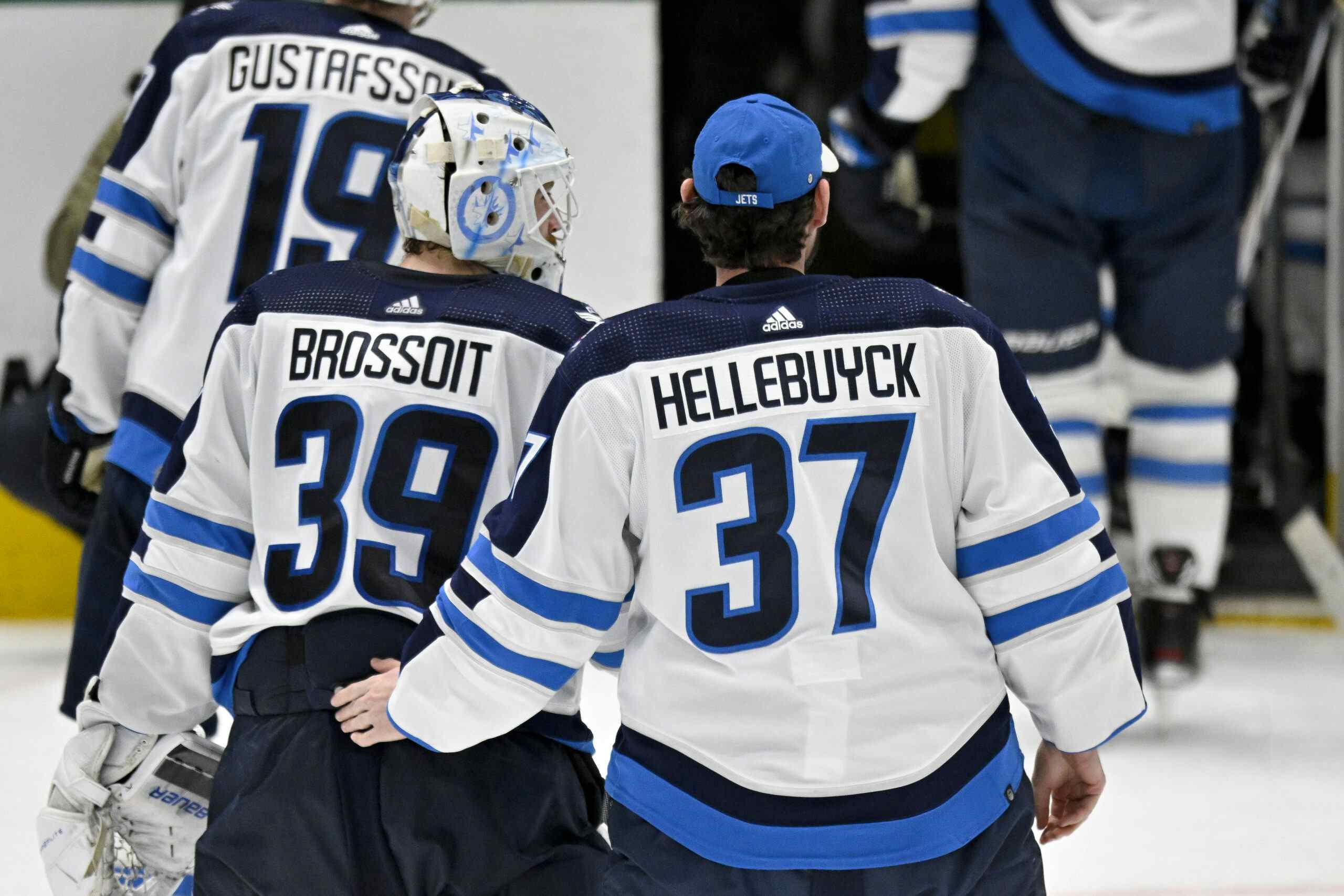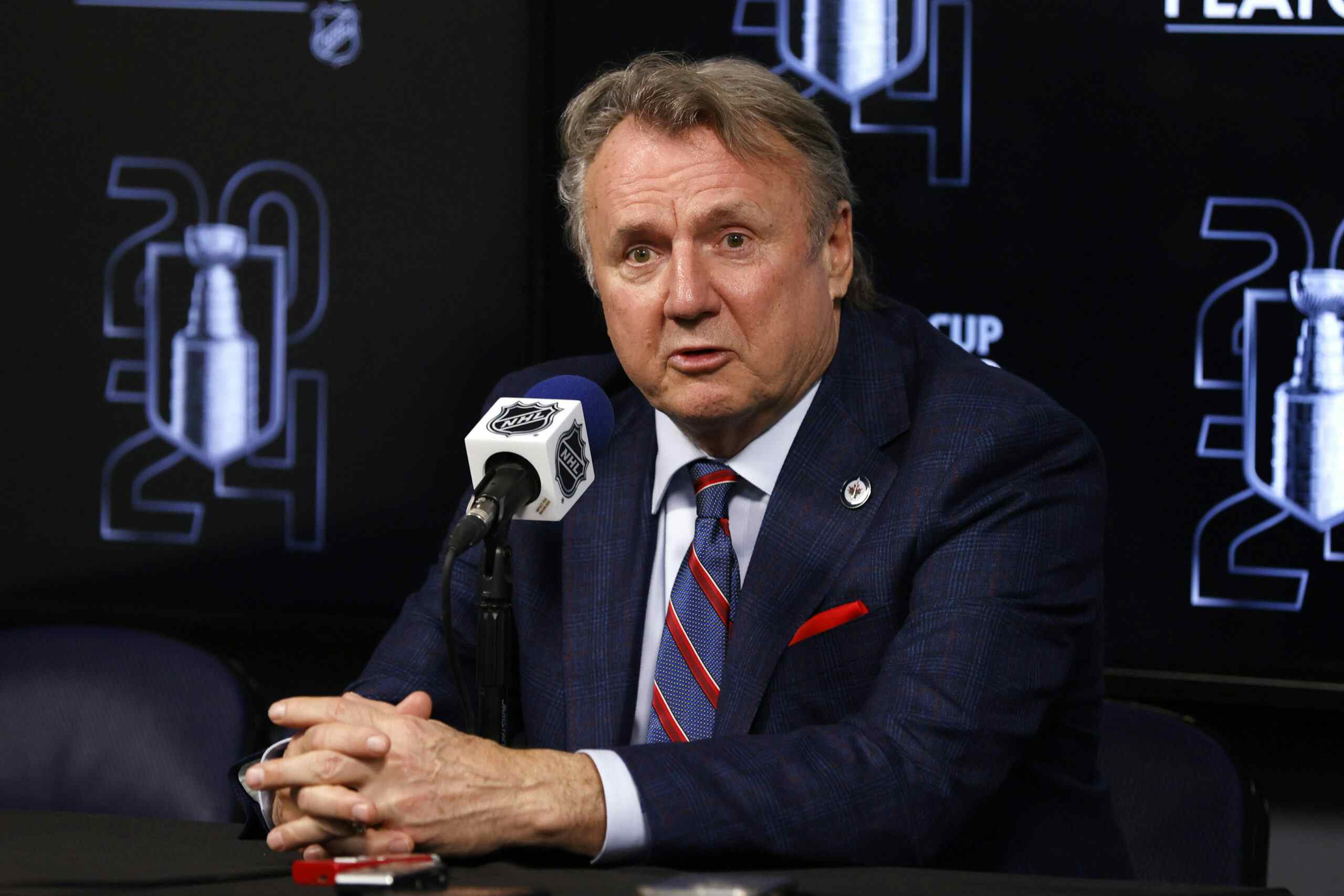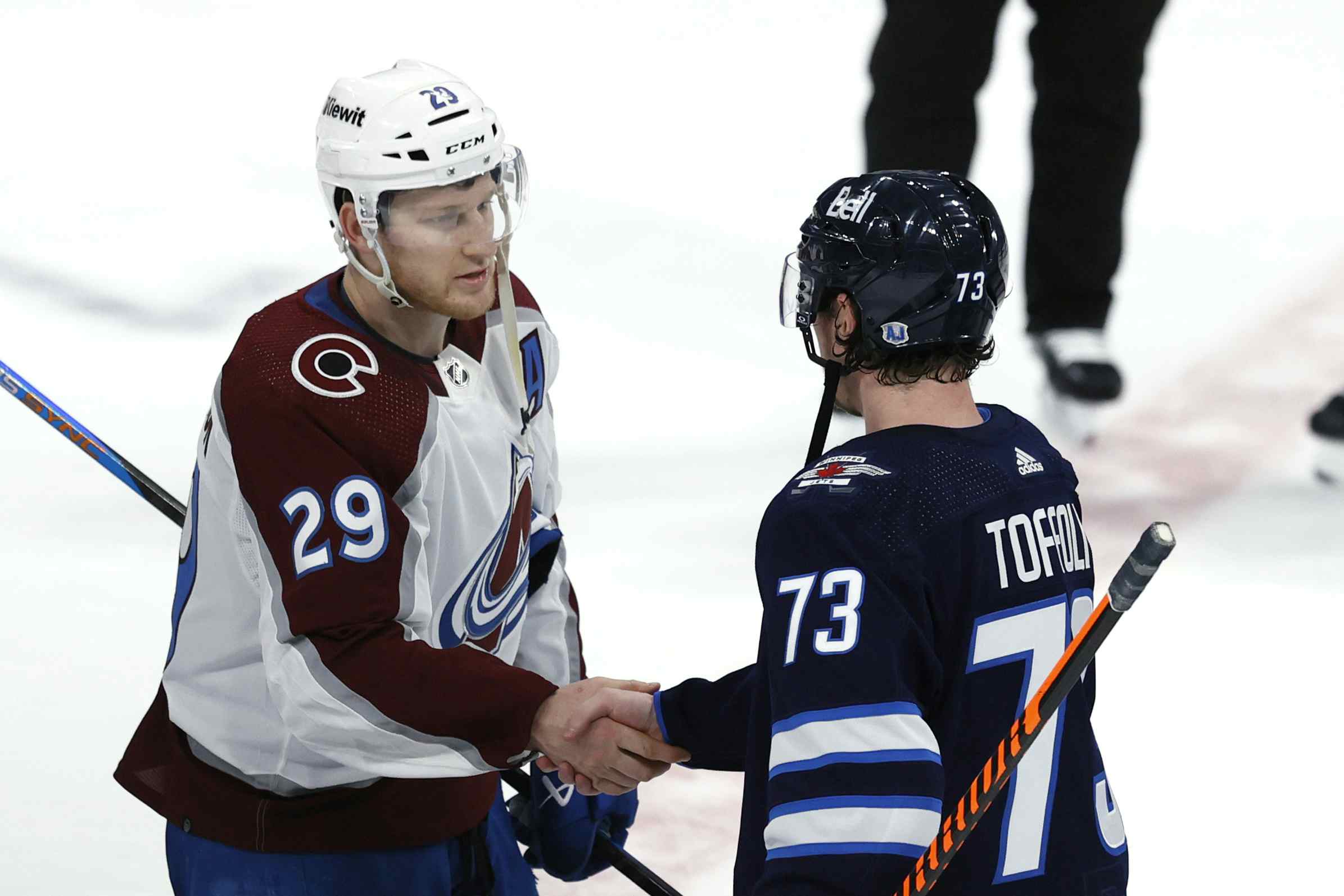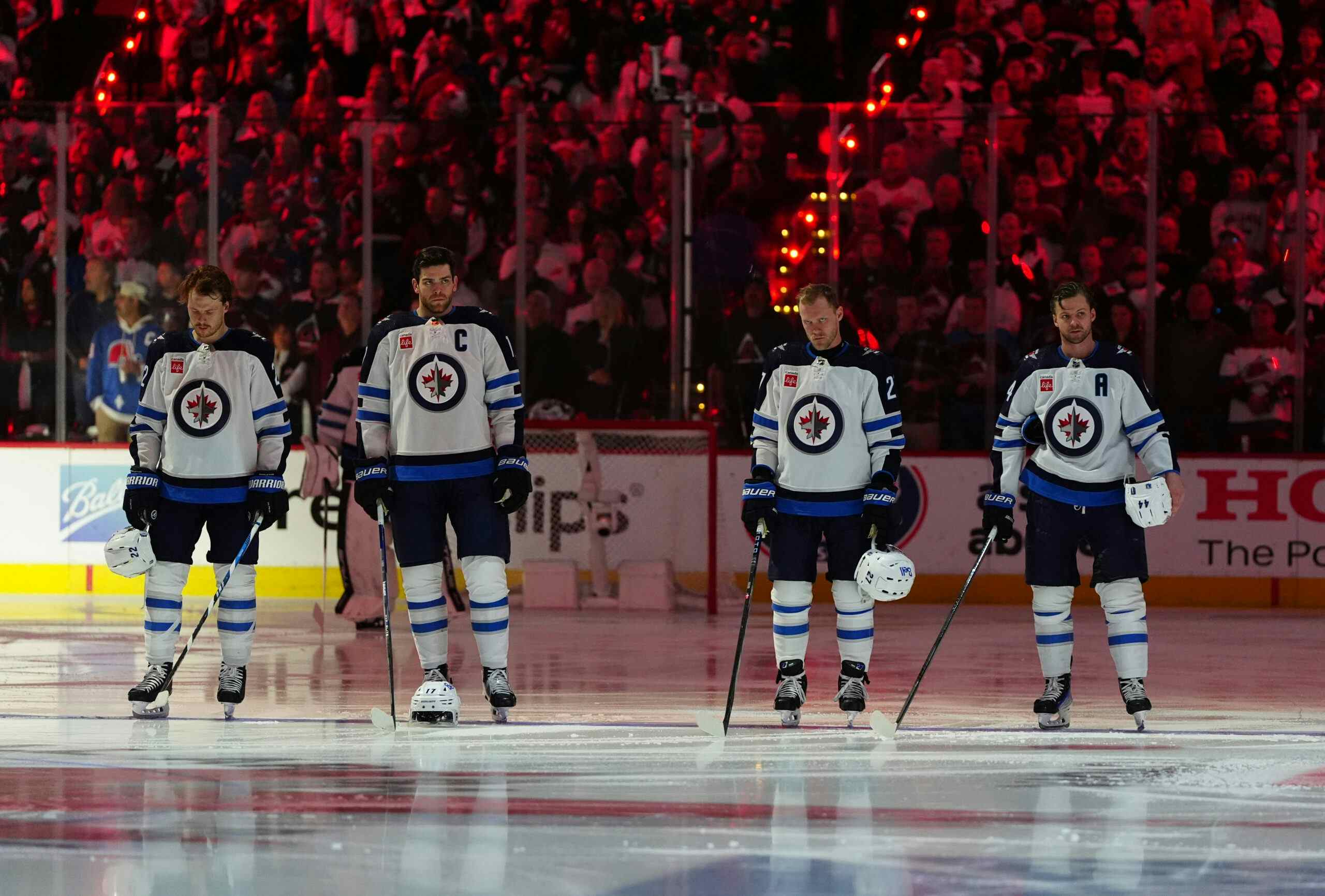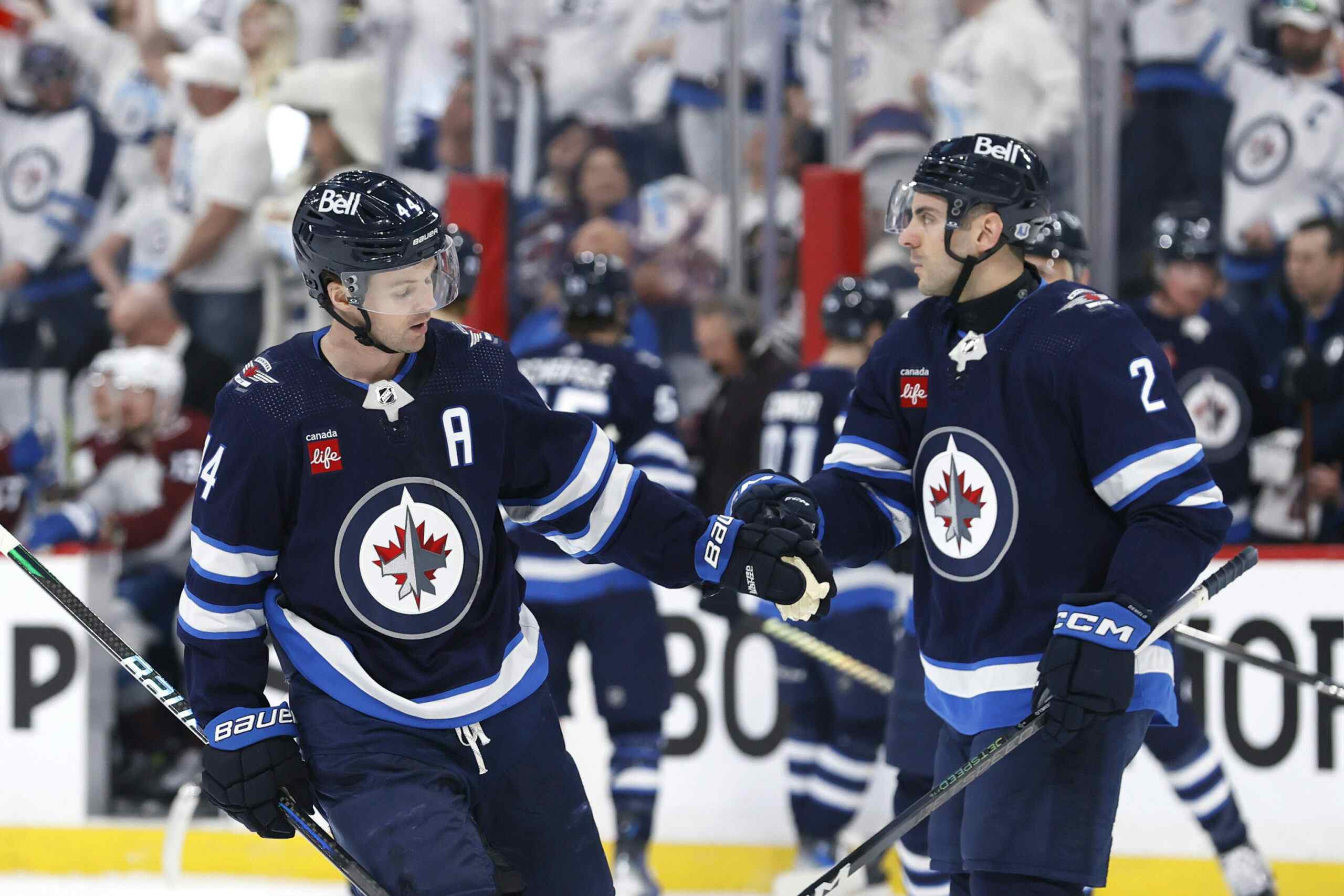Jets Defence Usage: Year in Review

Photo by Clydeorama
It’s another sunny week in beautiful Vancouver, so I hope I can be forgiven for long delays. On Friday we looked at one defender in particular, and eons ago, we examined how the Jets used their forwards. Today we’ll look at the defence as a group and try to parse out who did well and why.
The Chart

Check out the forward link above for an explanation of how to read this if it’s new to you.
The Jets had 12 skaters take a shift at defence this year, including former 3rd round selection Julian Melchiori and former 4th round pick (and RFA) Ben Chiarot. Neither are shown on the chart above because their struggles were so dire as to throw off the whole scope of the chart. You can see the full thing here.
The Stars
- Tobias Enstrom is easily this team’s best defender and might very well be the Jets’ best player at any position. He consistently played the toughs (very top of the chart) with all sorts of defence partners and came out with a positive shot attempt (corsi) differential. Unreal that guy. A primary challenge of this roster is finding a second Tobias Enstrom.
- Dustin Byfuglien is a contentious inclusion. He doesn’t appear on the forward chart, but here instead. In late December, after the team had really started to unravel, we looked at this chart and found Byfuglien was lapping the field in terms of playing in the offensive end. He faced the toughest competition and he and Enstrom looked to be about the only positive things happening on the back end. For all the turnovers and mistakes, he had no equal in terms of pushing the play the right way. We can see that he’s fallen back a little by year’s end, meaning the second half of the year went a little less smoothly. The way I see hockey, Dustin Byfuglien is an elite defender and a Bryan Bickell-esque forward – not bad, just not someone you’d ever trade an elite defender for.
- Many of you have already anointed Jacob Trouba a star in this league, and it won’t take much to justify him in this group. The truth is, he had a rocky start and some stretches of ‘excited puppy’ hockey that were a little scary. His play at the September tournament in Penticton and during the pre-season led me to write that he wasn’t ready before puck drop against Edmonton on October 1st. He still gambles too much for my taste (my beer league team just rolled their eyes), but I can admit when I’m wrong. He played much of the year with Mark Stuart against the second toughs and had the third best corsi numbers among regular defenders (Clitsome being out much of the season). As a rookie he carried his partner and drove the play visibly. It’s an incredible start to an NHL career and we can only hope the team finds him some more help in the seasons to come.
The Next Group
- Grant Clitsome had a miserable season. He started injured, came in with (if I remember correctly) a single practice under his belt and struggled (-9 in his first 10 games), and was shut down in December for season-ending back surgery. For all my praise of Buf above, it might seem confusing that Clitsome has a blue (positive corsi) circle and get such a review. He had 10 points and was +4 in 22 November and December games, but the team lost 20 of the 32 games he played and he was often a mess on the ice. It was obvious to all that he wasn’t his usual self. Relative to the rest of the group, he got the puck moving in the right direction for the most part, but benefited from time with Byfuglien and a secondary assignment. It also helps that his atrocious turnovers early in the year didn’t lead to a lot of shots against – usually just one, followed by a faceoff at centre ice. The Jets were counting on him to be a top-4 defender. That alone might be an indictment of this management group, since he was a waiver claim from another struggling franchise. Regardless of expectations and what’s to come for Clitsome, this season was a write-off.
- Zach Bogosian just can’t seem to take that final step forward. His first season with Winnipeg saw him set a career high in points (30 in 65 games) thanks to an easy assignment, but trade rumours swirled because of his erratic defence. Strangely, his second season saw him with Hainsey as a tough minutes defender. The results were encouraging (i.e. the hole wasn’t that deep), and Bogo signed his long term deal with the hope/belief he was emerging as a top-4 difference maker, that he could score at a 38 point pace and play tough minutes all at the same time. An easier assignment to start this year with a variety of partners eventually gave way to his constant pairing with Enstrom, with whom he played two-thirds of his even strength minutes. Not only did his results lag behind Enstrom’s, when they played together, Enstrom’s corsi share dropped from almost 53% to 48.4% – he dragged Tobi down. Bogosian’s cumulative assignment and corsi numbers look almost identical to his 2011/12 season, only he scored 11 points in 55 games – a 16 point pace. He turns 24 this summer and has been injured in every season since 2009/10. That’s four years of injuries, and at the same time, four years of waiting for him to turn a corner. His physical tools are obvious. Whether he can be a positive contributor to a playoff-bound hockey team and live up to his $5M contract is not.
Off the Cliff
There is a funny reality to the Winnipeg Jets’ blue line. They have a half-dozen candidates who could fill in on the bottom pairing, and how they choose who plays up the lineup and who plays in the AHL seems to be based on things happening off the ice. As Thx1138 noted in the comments about Mark Stuart the other day, having your bottom pairing filled 3 times over makes it awfully hard to develop young players. Bogosian and Trouba started the season as the second pair of defence – Bogo playing his off-side for the first time in his pro career. It’s not ideal.
- Adam Pardy (bottom right of the chart) surprised us all this year. After struggling to secure a roster spot in Calgary, Dallas made a ‘stupid hire’ (as Martin Short would say). Pardy only played 36 games of his 2 year Dallas deal in a Stars uniform, and he would eventually be a cast-away by Buffalo as well. But he looked legitimately good for the Jets. Simple breakouts, tight gaps, big hits, and some solid play at the offensive blue line. This chart tells us why – Noel and Maurice actively managed his minutes. He played the easiest competition of any skater on the team, and also started more often in the offensive zone. His position on the chart is reflective of a bubble NHL player, regardless of the positive corsi number.
- His partner for the bulk of the year was another cast-away, this time from Florida via LA. Keaton Ellerby couldn’t beat Jeff Schultz or Matt Greene for a job and made his way north over waivers. He, too, was more effective than we could have anticipated. Particularly, his puck movement and offence were surprising for a man with such a massive frame. But his puck management wasn’t quite as good, and even against decidedly third pairing competition, he was prone to turnovers when required to make decisions on the breakout. Ellerby quietly gave up more than he created and it shows on this chart.
- Paul Postma missed most of the season with a terrifying blood clot. His health is part of a package of wonderful news for the people employed by the Jets. That said, I’ve never understood the excitement about this player. His straight ahead speed is good, he’s large, and from inside the offensive blue line, he’s above average on a club that employs a lot of club-wielders. Objectively, however, he’s managed 12 points in 58 NHL games including his sub-par contribution of 3 points in 20 games this season. Worse, his defensive gaps are atrocious and his in-zone defensive work is slow-footed and indecisive. His very large negative corsi tells us something important about this player, namely that his observed offensive skill set is not meaningful when he’s constantly defending.
- Zach Redmond is another story where the personal triumph of good health overshadows the critiques about his game. Perhaps because of the major laceration suffered last year, Redmond looked slower than I remembered, and his transition skating is poor for the NHL level. It’s only a small sample (10 games) and he did manage 24 points in 40 AHL games this year. But as a 25 year old UFA, Redmond seems like he’s missed his opportunity to find full-time work on this blueline and remains an NHL bubble player.
- And finally, Mark Stuart. As I said in the piece about Stuart specifically, this was literally the best season of his entire career by all the numbers. This was his pinnacle achievement, against which we will forever say, ‘what happened? He used to look more x, and less y.’ That such a season resulted in him defending much more than attacking, being singled out for easy zone-entries against, scoring 13 points, and being the goat of countless games makes him a problem on this team. The team has blocked a space in the top-4 for a defender who failed to make a positive contribution while playing above his established ability as a 30 year old. This story doesn’t end with Mark Stuart lifting a Stanley Cup in the Polar Night blues.
What’s it all mean?
The Jets came into the season with a hole in the top-4. Even with a healthy Grant Clitsome, there were questions about what the team could really expect to get out of a group with two legitimate top-4 defenders and a lot of hope. Noel moved Bogosian to the left, and gave minutes to the rookie. As the season moved along, they moved Byfuglien out of the group and relied on a host of replacement level players (or worse in some cases).
Moving into next season, the team has to make decisions on Pardy (UFA), Redmond (UFA), and Ellerby (RFA). A top-6 is already signed in Enstrom, Bogosian, Trouba, Clitsome, Stuart, and Postma. Just one of those players posted a positive corsi result with consistent work, and five of them missed considerable time with injury (plus Enstrom missed most of 2012/13 and a quarter of 2011/12). The team’s collective shot differential was better with Montoya than Pavelec (rebound control may be an issue, or perhaps Montoya’s puck handling helped), but it’s hard to imagine a scenario where that top-6 carries a team to the playoffs regardless of who is in net.
That’s not to say it doesn’t matter. The single biggest problem on this team remains the guy behind the defence. But with Pavelec the announced starter, upgrades on the blue line are imperative. Are they coming?
Recent articles from Kevin McCartney

